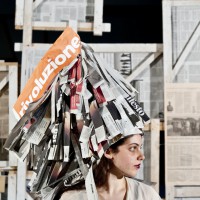
Fashion as social energy
16 September 2015
14 January 2016
New York is a metropolis that is in constant motion. Manhattan is certainly its beating heart, but for years now, other boroughs have been undergoing big changes. The gentrification phenomenon, in all its contradictions, has touched Long Island City, and the ex-industrial area of Queens, located at the end of the Queensboro Bridge. The factories have been transformed into museums (like the MoMA PSI or the sculpture museum, Isamu Noguchi), television studios, cultural institutions, and new housing solutions often derived directly from industrial spaces. The Paper Factory Hotel is one of these, located, to be precise, in an old paper factory.
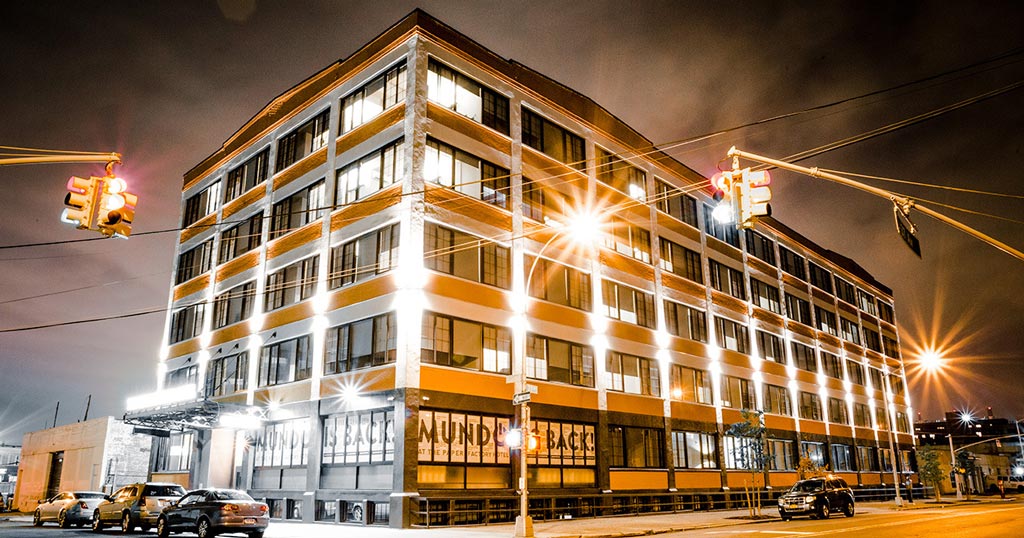
To commemorate its origins, a tall column in the main hall is covered in books, along with an original printing press on display. The hotel was designed by the studio DHD Architecture and Design, and features 123 rooms of different categories. The furniture mixes industrial pieces with more traditional ones, for an eclectic style, and the art found throughout the various atmospheres was created by local artists, making the Paper Factory Hotel not only trendy, but at only 15 minutes from the subway to Manhattan with a view of the iconic skyline, but a comfortable stay just outside the city.
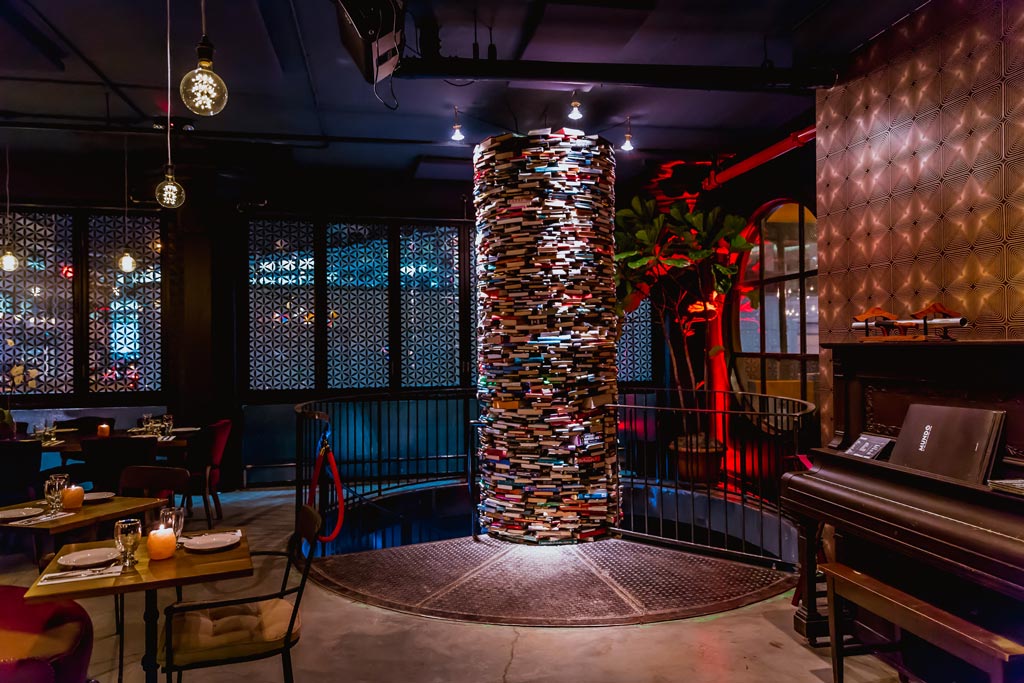

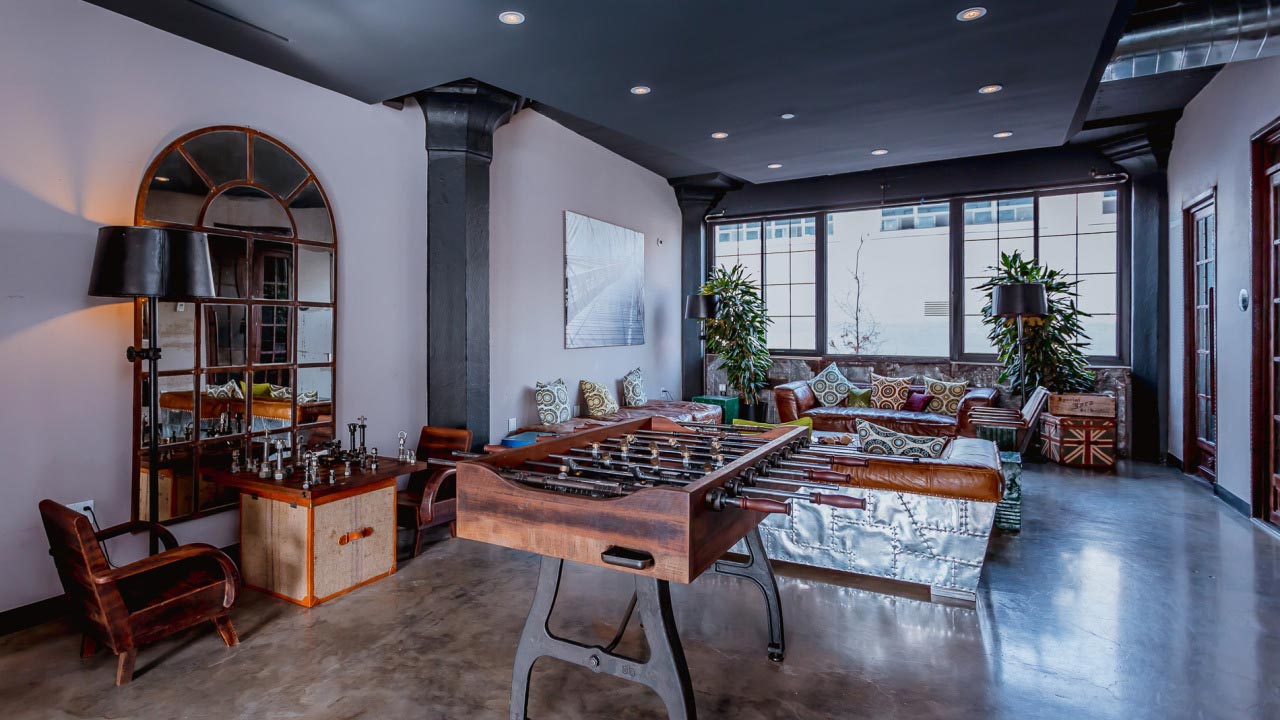
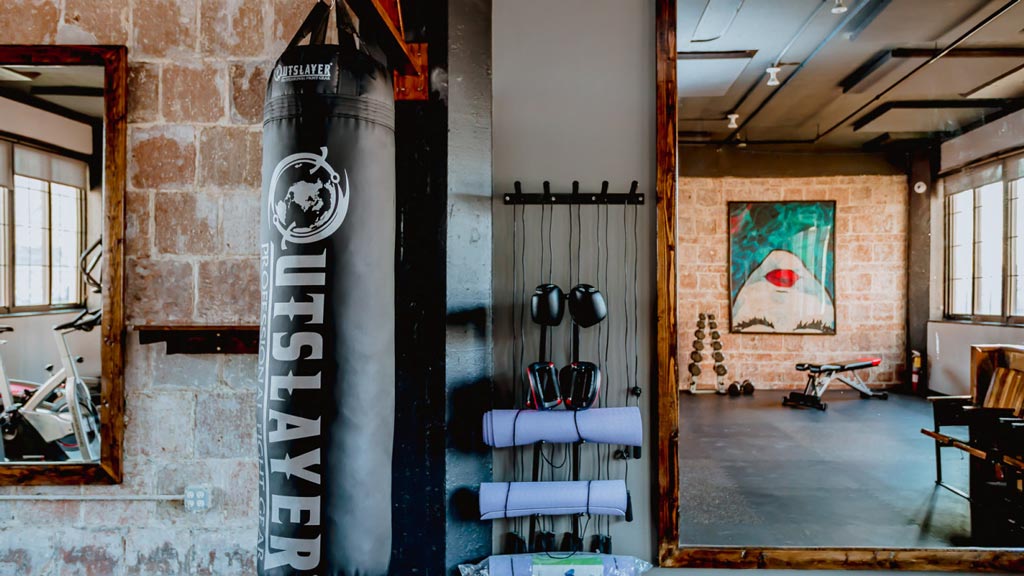
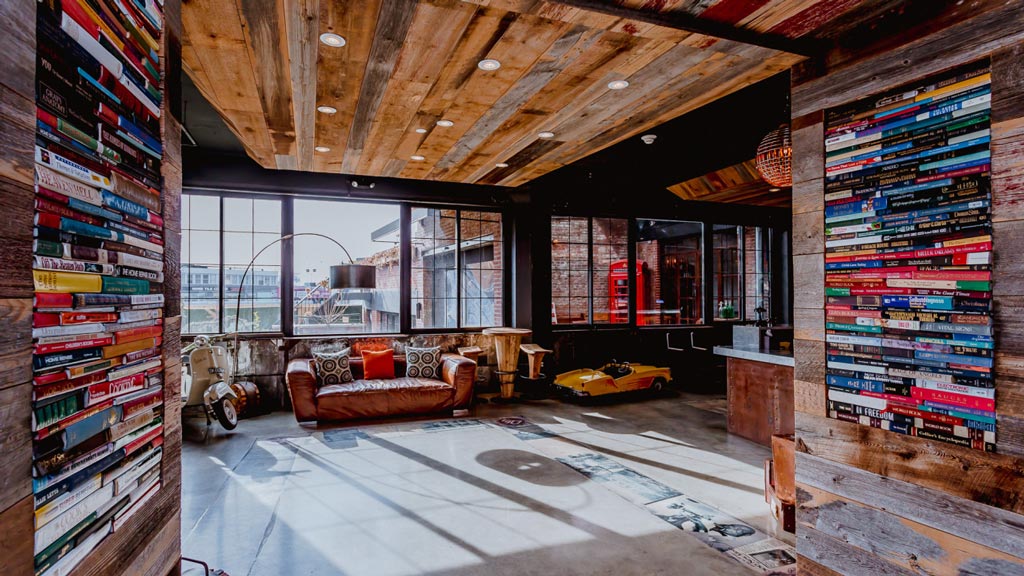

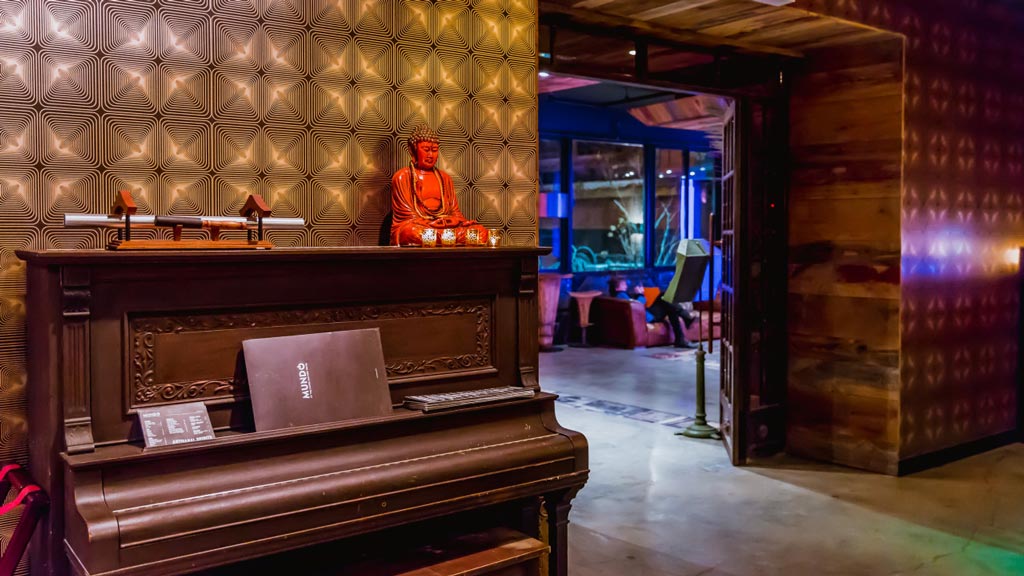
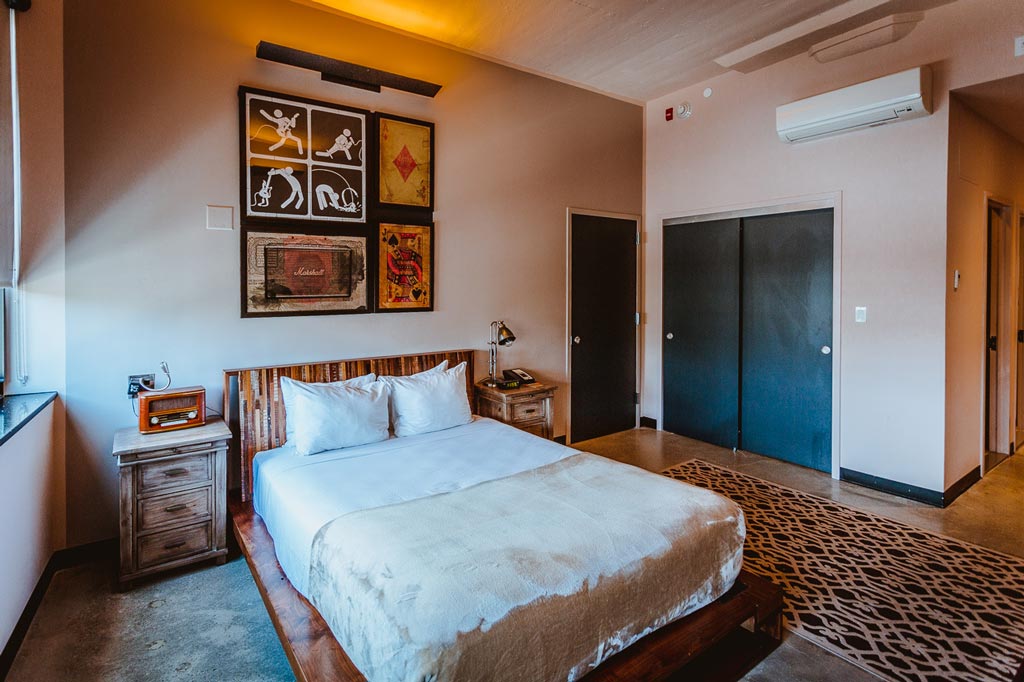
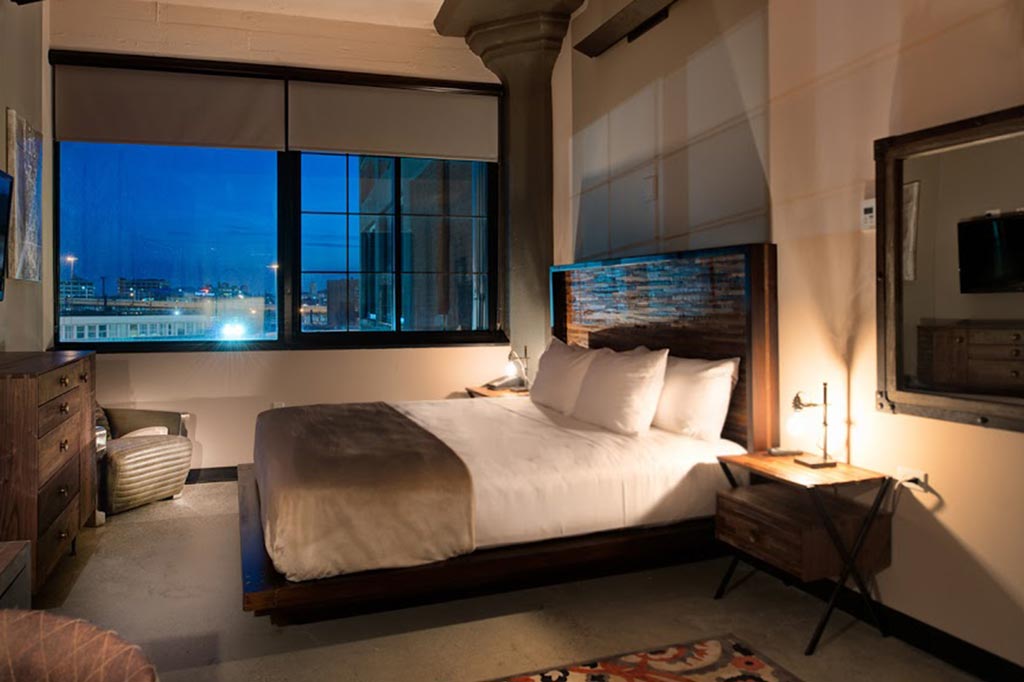
WHERE: 37-06 36th St, Long Island City, NY 11101, Stati Uniti
New York is a metropolis that is in constant motion. Manhattan is certainly its beating heart, but for years now, other boroughs have been undergoing big changes. The gentrification phenomenon, in all its contradictions, has touched Long Island City, and the ex-industrial area of Queens, located at the end of the Queensboro Bridge. The factories have been transformed into museums (like the MoMA PSI or the sculpture museum, Isamu Noguchi), television studios, cultural institutions, and new housing solutions often derived directly from industrial spaces. The Paper Factory Hotel is one of these, located, to be precise, in an old paper factory. To commemorate its origins, a tall column in the main hall is covered in books, along with an original printing press on display. The hotel was designed by the studio DHD Architecture and Design, and features 123 rooms of different categories. The furniture mixes industrial pieces with more traditional ones, for an eclectic style, and the art found throughout the various atmospheres was created by local artists, making the Paper Factory Hotel not only trendy, but at only 15 minutes from the subway to Manhattan with a view of the iconic skyline, but a comfortable stay just outside the city.

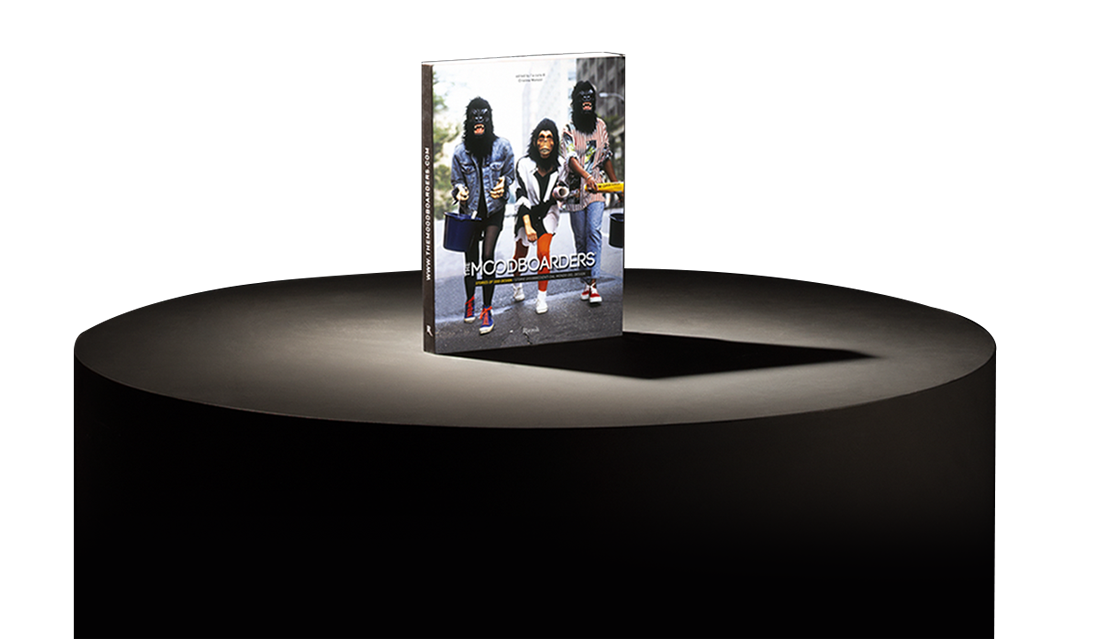

The Moodboarders is a glance into the design world, which, in all of its facets, captures the extraordinary even within the routine. It is a measure of the times. It is an antenna sensitive enough to pick-up on budding trends, emerging talents and neglected aesthetics. Instead of essays, we use brief tales to tune into the rhythm of our world. We travelled for a year without stopping, and seeing as the memory of this journey has not faded, we have chosen to edit a printed copy. We eliminated anything episodic, ephemeral or fading, maintaining a variety of articles that flow, without losing the element of surprise, the events caught taking place, and the creations having just bloomed.